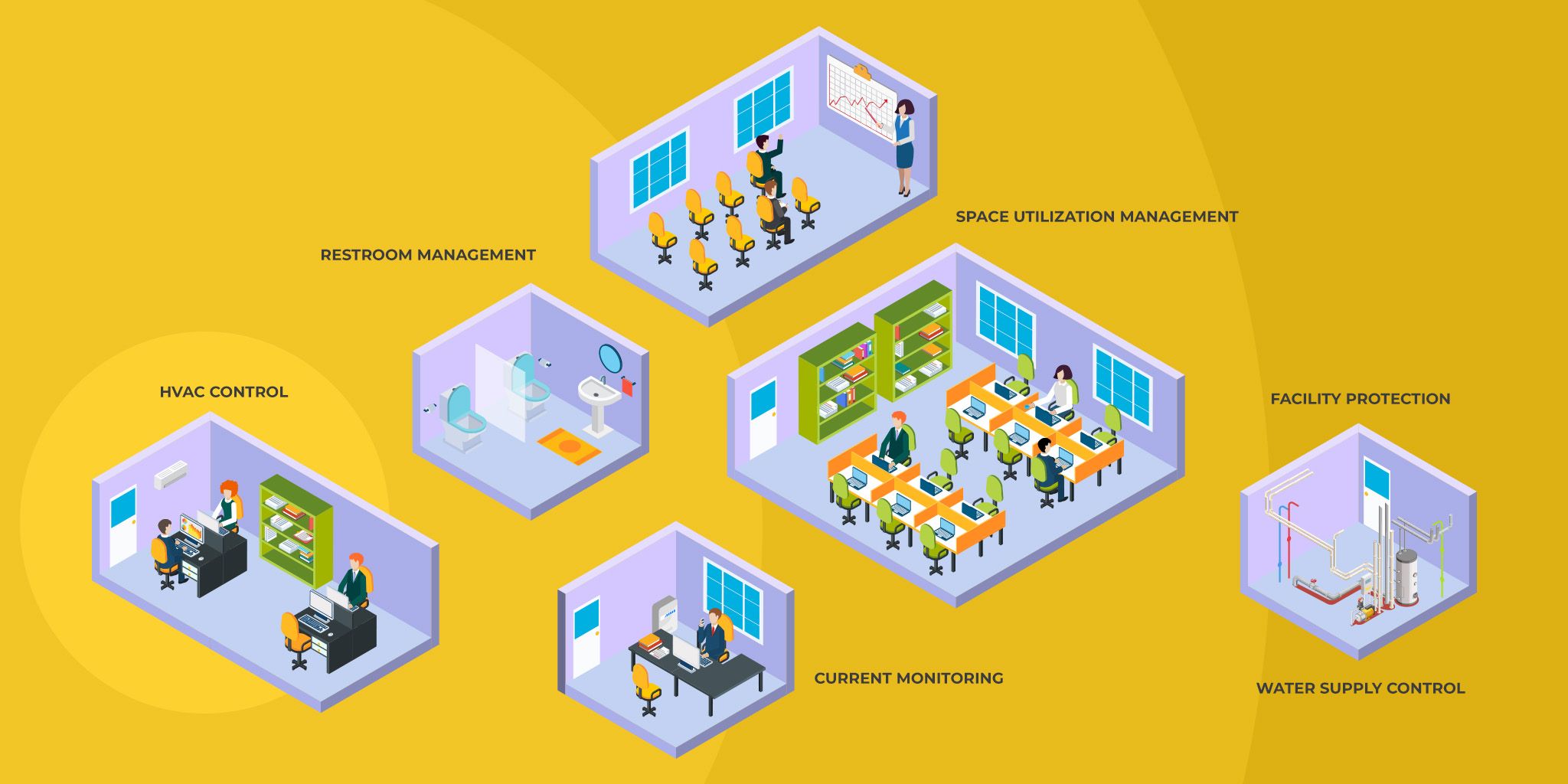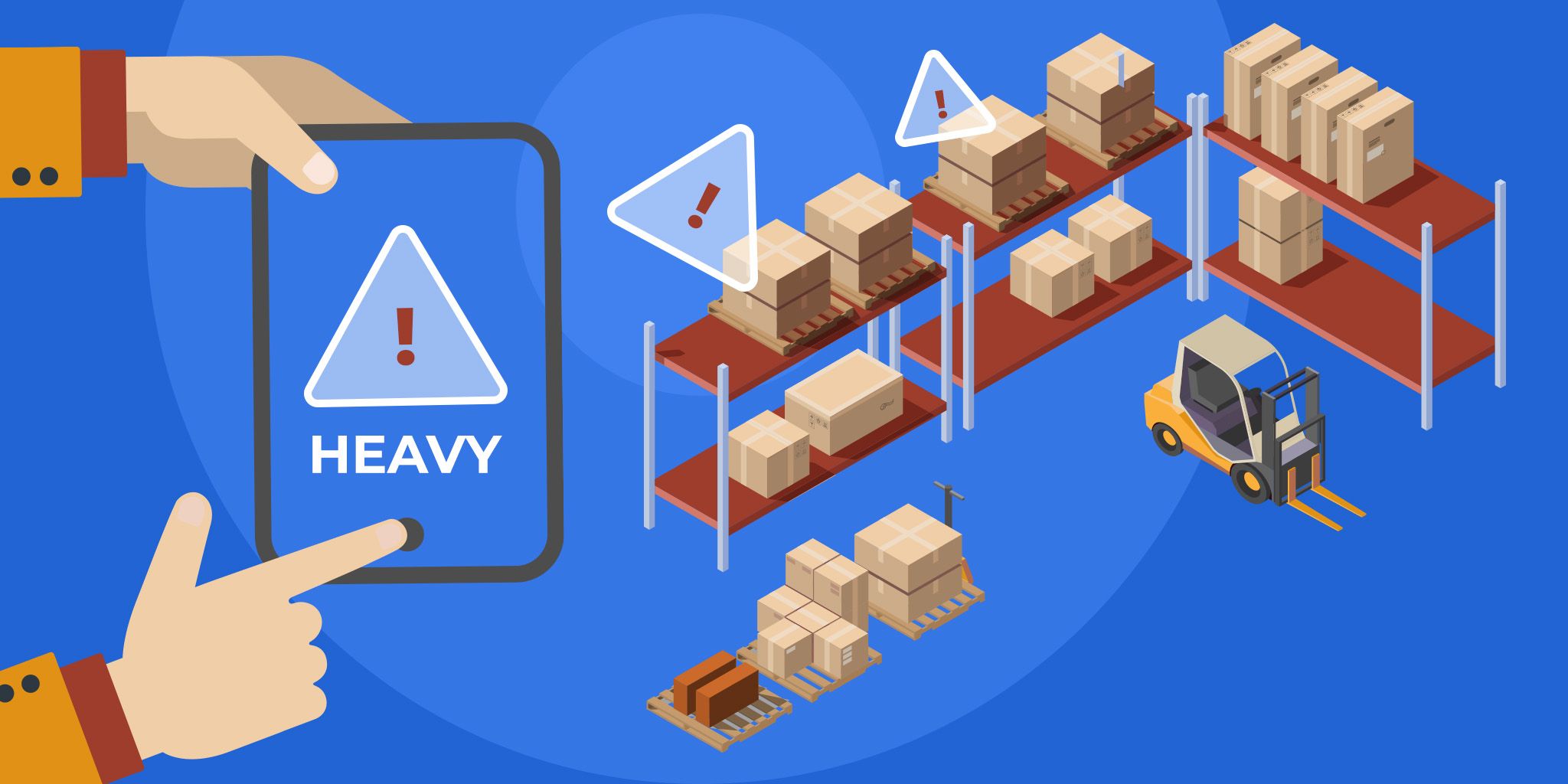The Role of IoT in Historic Building Preservation
The Role of IoT in Historic Building Preservation
- Last Updated: December 4, 2024
Zac Amos
- Last Updated: December 4, 2024



Historic buildings have long captivated the world with architectural details and a glimpse into a past life few could imagine. As such, their preservation has become a priority throughout communities. Renovating these older structures isn't without complications, though. Fortunately, the Internet of Things (IoT) has lent itself to a data-driven approach to safeguarding yesterday's wonders.
Historic Building Preservation Presents Unique Challenges
Over 90,000 properties are listed as historically significant on the National Register of Historic Places for their contribution to America's cultural, architectural, and artistic heritage.
Of course, historic building preservation comes with several challenges. The Preservation Programs at the National Trust for Historic Preservation says a lack of funding is a primary issue in updating these places. New development and bureaucratic barriers present other setbacks, including striking a balance with current building and safety codes.
The need for better communication about why preservation is relevant is just as troubling. Many Americans don't see the value in historic buildings or view them as outdated. However, preserving them is essential for several reasons. For one thing, they tell the nation's story. They also help define communities, support economies by attracting visitors, encourage sustainability, and provide educational opportunities.
Cutting-edge technology like IoT, artificial intelligence (AI), and machine learning aid preservation by identifying and monitoring efforts in real-time. These innovations can be integrated into construction and design, providing greater precision and efficiency before, during, and after renovations.
How IoT Transforms Historic Building Preservation
Technological advancements have infiltrated every industry and process, adding convenience, more efficient operations, and informed decision-making. IoT has paved the way for improved preservation measures of historic structures in construction. These four utilizations demonstrate their important role in protecting the past in today's world.
1. Predictive Maintenance
IoT is particularly adept at collecting and analyzing data using sensors. The sensors' algorithms can identify potential issues before they occur or escalate. Specialists may employ the following predictive technologies:
- Vibration analysis: Monitors structural vibrations indicating cracks and weakening materials
- Thermography: Detects temperature fluctuations suggesting moisture, poor insulation, and electrical issues
- Condition monitoring sensors: Measures temperatures, humidity, and structural vibrations for insights into the building's health
- Ultrasonic testing: Utilizes high-frequency sound waves through materials to detect internal issues like corrosion or delamination
Predictive maintenance enables experts to prioritize upkeep better and distribute resources effectively. Addressing issues from the onset ensures a longer life span for historic structures.
2. Digital Twin Technology
Developments in digital twin technology are underway and proving to be an asset in historic building preservation. It creates a virtual replica of an object, person, or process and simulates its conduct, allowing specialists to make informed decisions.
According to McKinsey, 75% of companies have adopted digital twin technology, widely utilized across various industries. For example, Emirates Team New Zealand uses it to test boat designs before building them, while SpaceX has employed it to enhance safety for its Dragon capsule spacecraft.
The expansion of digital twin technology in construction is expected to have a compounded annual growth rate of 37.4% in the next seven years. Historic building preservation experts can create replicas of the structure and simulate different scenarios for their efforts.
3. Environmental Control
There's a reason museums maintain a 40%-60% relative humidity with minimal fluctuations — ensuring ideal indoor conditions is critical to preserving historic buildings and their artifacts. High temperatures may degrade organic materials faster, while too-cold temps could crack them.
IoT-enabled smart devices take environmental control to the next level by automatically monitoring and adjusting indoor temperatures and humidity. Although advanced technologies contradict the historic nature of preserved structures, integrating these features has tremendous effects on the building's environment and energy efficiency.
For instance, heating alone accounts for 42% of utility costs, especially with an older HVAC system. Newer thermostats can be programmed to keep interiors comfortable without wasting electricity on unnecessary heating and cooling.
4. Safety and Security
Securing historic buildings is of the utmost importance during preservation. In July 2023, a suspect burglarized a nearly 200-year-old estate in Nantucket, Massachusetts, causing $20,000 in damage and leaving behind traces of blood.
This year, Detroit's Boston-Edison Historic District was also the target of several break-ins, with burglars stealing treasured personal property and harming one resident's dogs.
IoT supports cutting-edge security technology through surveillance cameras, motion detection sensors, and remote access control systems. The threat of unauthorized access prompts real-time alerts and notifications on personal devices so the necessary safeguards can be implemented immediately.
Future Prospects and Innovations
IoT technology looks promising in historic building preservation. Innovative solutions will continue developing how contractors approach historic renovations without compromising structural integrity. Potential prospects could include the following:
- More precise sensor technology with broader parameters, smaller models, and wireless capabilities
- Further advancements in AI and machine learning for valuable insights into building conditions, degradation, and improvement strategies
- Integration of energy efficiency and other sustainable updates
- Augmented and virtual reality for immersive experiences, such as virtual tours and interactive simulations
Interconnectedness Is the Future of Historic Preservation
IoT is still in its infancy but is already critically impacting historic building preservation. As technology advances and systems grow more interconnected, historic structures will transform communities and endure for generations.
The Most Comprehensive IoT Newsletter for Enterprises
Showcasing the highest-quality content, resources, news, and insights from the world of the Internet of Things. Subscribe to remain informed and up-to-date.
New Podcast Episode

Moving Past the Pilot Phase in IoT and AI
Related Articles





